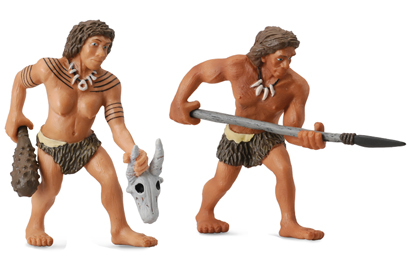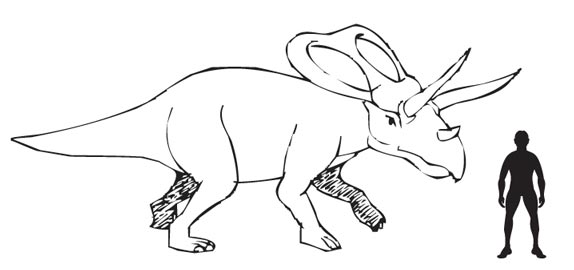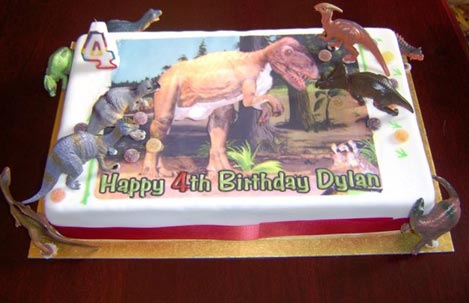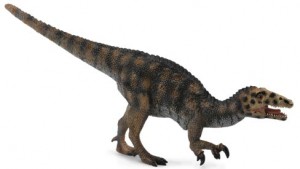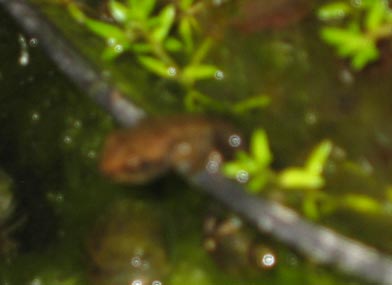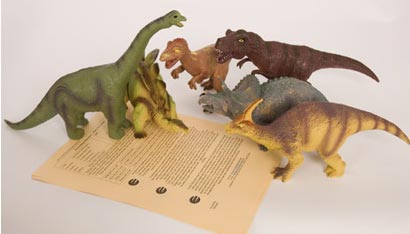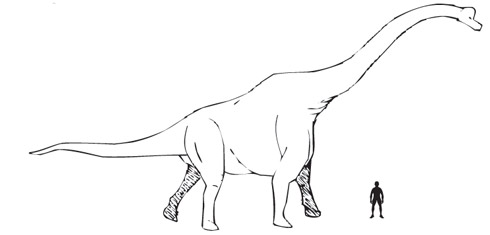Getting under the Skin of the Dinosaur Mummy – Dakota
A team of scientists led by researchers from the University of Manchester, England, have identified preserved organic molecules in the skin of a dinosaur (dinosaur mummy) that died approximately 66 million years ago.
Dinosaur Mummy
The beautifully preserved fossil of a large, herbivorous duck-billed dinosaur, a hadrosaurine (Edmontosaurus) has been the subject of a National Geographic documentary as the scientists tried to understand what processes had taken place leading to such detailed preservation.
Dinosaur bones are rare, well preserved ones are exceptionally rare and for some palaeontologists the discovery of fossilised bones in association with each other or bones in articulation are the find of a life-time. However, the discovery of “Dakota” by Tyler Lyson, a young research undergraduate, may prove to be one of the most significant finds in palaeontology. This dinosaur has much of its skeleton preserved but also, skin, ligaments, tendons and now it has been revealed that some of the organic materials in the skin tissues are present in the fossil as well.
To read more about the duck-billed dinosaur called “Dakota”:
Dinosaur Mummy discovery: Dinosaur Mummy Unlocks Duck-Billed Dinosaur Secrets.
Update on Dakota: Update on Dakota (March 2008).
In a paper published in the prestigious scientific journal Proceedings of the Royal Society B, the team report that the dinosaur’s soft tissues were prevented from decay as it was buried quickly by fine sediments and the fossil was sealed in a mineral cast. The lack of oxygen helped the preservation process as the soft tissues reacted with the minerals in the sediment to form a kind of protective seal around parts of the fossil leading to this remarkable state of preservation.
Traces of Organic Material
Traces of the original organic matter of the dinosaur are mixed up with the minerals. The fossil contains microscopic cell-like structures although the proteins that made them have long since decayed.
Dr Phil Manning, Senior Lecturer in Palaeontology and Research Fellow at the Manchester University’s School of Earth, Atmospheric and Environmental Sciences had hinted that “Dakota” may yield some amazing fossil evidence, the like of which has never been seen before in a dinosaur.
An array of advanced and sophisticated techniques were employed by the researchers to test and cross-examine the data they were producing. For example, the mummified dinosaur reveals two distinct skin layers, a similar composition to that of birds and crocodiles, the closest living relatives to dinosaurs. The skin of Dakota seems to consist of two distinct layers; a surface epidermis and then underneath a deeper dermis layer made up of dense connective tissue.
Commenting on this research, Dr Manning stated:
“You’re looking at cell-like structures: you slice through this and you’re looking at the cell structure of dinosaur skin. That is absolutely gobsmacking”.
Photographs show the fossilised skin of the hadrosaurine beginning to emerge from its sandstone casing, the brush is for scale, it is one of the tools used by palaeontologists to remove fine particles carefully from around a fossil.
Pictures reveal a part of the fossilised skin, this picture was taken when Dakota was still in the ground. Although the proteins that made up the duck-billed dinosaur’s skin have decayed, the amino acids, the building blocks that make up the proteins could still be detected.
Dr Manning went onto state:
“We’re looking at the altered products of proteins from the skin of this animal, locked within the three dimensional mineralised skin”.
These findings regarding the structure of the dinosaur’s skin and its similarities to extant relatives is what Dr Manning refers to as “clean science”.
Preserved Organic Materials in Dinosaur Skin Tissue
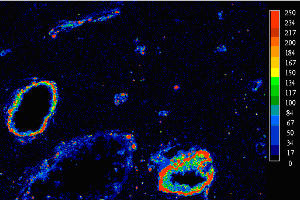
Analysis of the skin molecules.
Picture credit: University of Manchester/Dr Phil Manning
“If you’ve got a hypothesis and you can’t test it, it remains a hypothesis. Now we’ve had an exceptionally preserved dinosaur which has allowed us to ask that question and answer it for the first time”.
Studies of the skin from across the fossil show that the skin was thinner toward the flanks, between the tail and the hips, where other hadrosaur fossils have shown bite marks. Dr Manning said that region may have been the dinosaur’s “Achilles heel”. The thickness of the animal’s hide and its relationship to bite marks found in other hadrosaur fossils may provide evidence of the attack strategies of predatory dinosaurs such as the tyrannosaurs
Dr Manning commented:
“If you understand the distribution of these structures in the skin of a prey animal, you can understand something about predator-prey interactions, and it might explain some of the Hadrosaur fossils we see with these bite marks”.
The presence of skin and tissue may also help scientists accurately estimate the weight of this dinosaur. Recently, new research has been published from teams in Germany and the USA questioning the accepted mathematical formulae that have been used to calculate the weight of extinct animals. With such a superbly preserved specimen, more data on the mass of dinosaurs can be gathered and this should give more reliable results than estimating body mass from skeletal remains only.
To read more about the controversy over the weight of dinosaurs: Dinosaurs were “Thinosaurs” – A weighty issue.
Derek Briggs, the Director of the Peabody Museum of Natural History at Yale, praised the thoroughness of the work, stating that this research was an important step in elucidating the mechanism by which such soft tissues could be preserved.
“One can’t be certain, but I suspect that in many cases these kinds of skin impressions have gone unnoticed and people have gone after the skeleton, which is of course what you’d expect to be preserved”.
If conditions are right then a remarkable state of preservation can occur and giving the rather zealous way in which dinosaur fossils were collected in the late 19th Century a lot of valuable information could have been lost as collectors tried to find the most complete and best preserved fossilised bones for display.
“This kind of discovery just demonstrates very clearly that soft tissue does survive, that the processes involved are unusual but not absolutely extraordinary – so there’s no reason why this kind of material won’t be discovered again”.
Dr Manning said that studies on Dakota were continuing apace on a fossil he described as a pleasure to work with. There had been difficulties scanning the two huge sandstone blocks that the dinosaur was removed from the dinosaur’s North Dakota site, after all they weighed several tonnes.
“Whereas most of us have to deal with disjointed sentences and occasional fractured words to reconstruct the volumes of the fossil record, you’ve got a whole chapter lying there and you can flick through the pages at your leisure”.
For models of duck-billed dinosaurs such as Edmontosaurus visit Everything Dinosaur’s award-winning website and take a look at the CollectA Deluxe prehistoric animal range.


